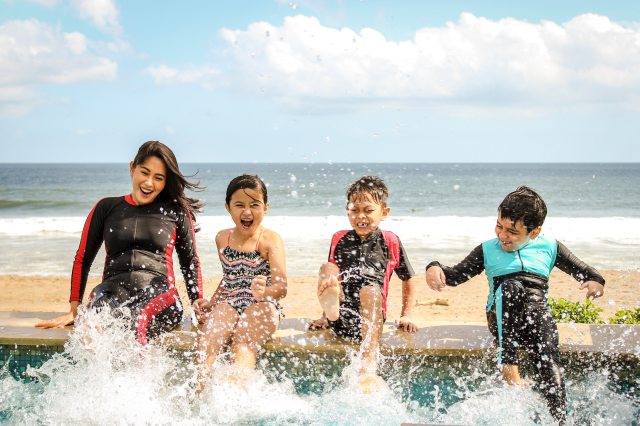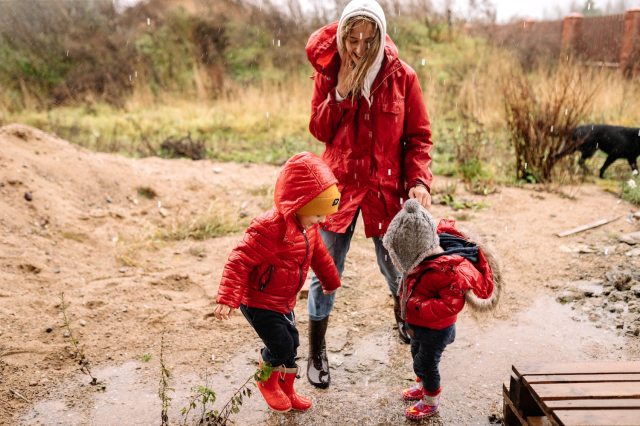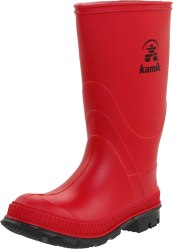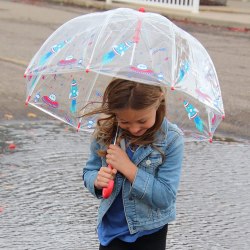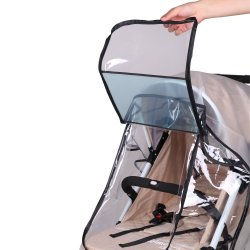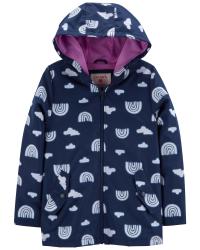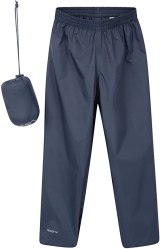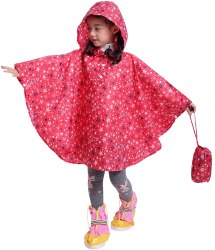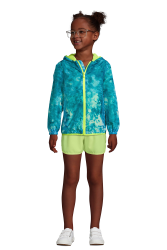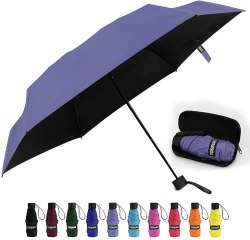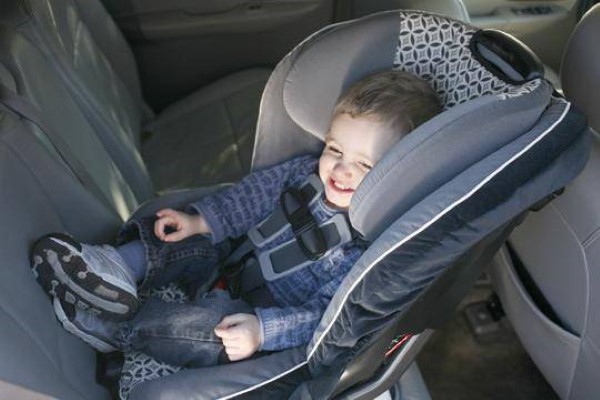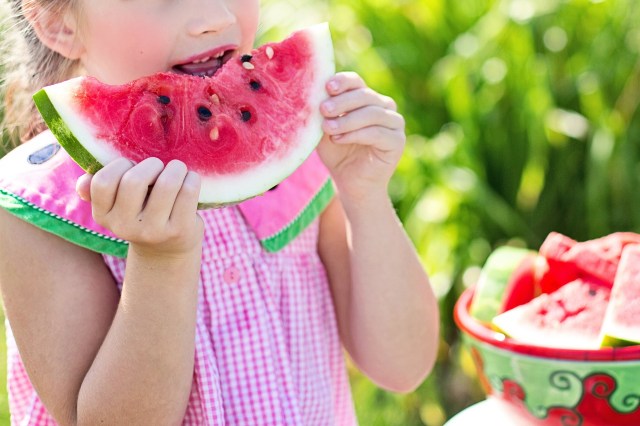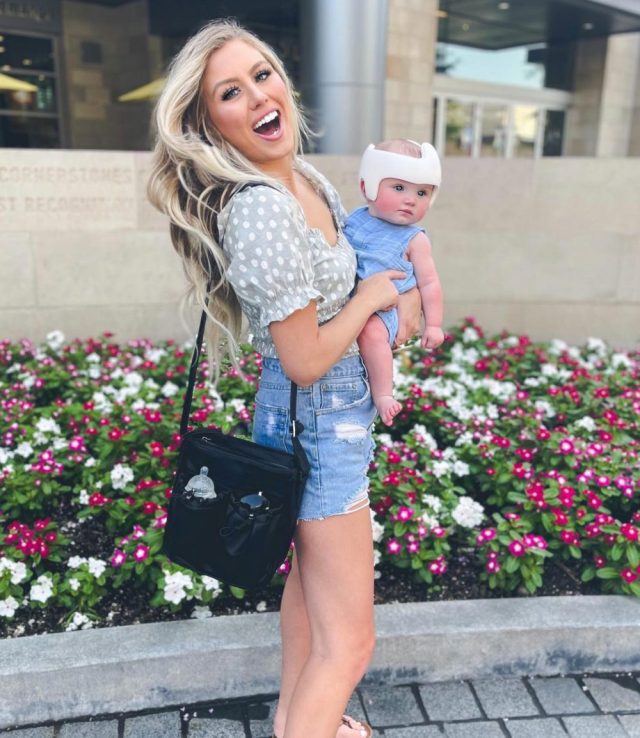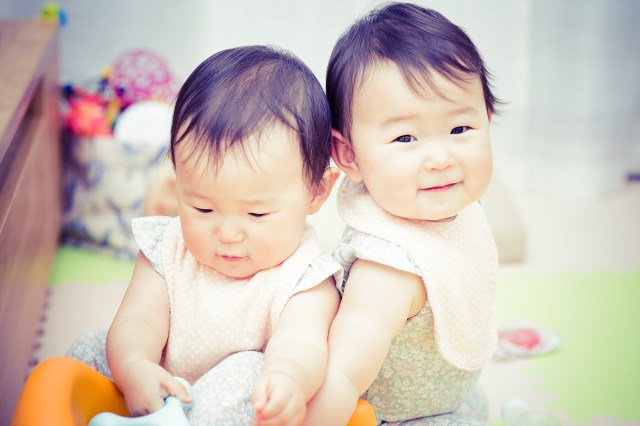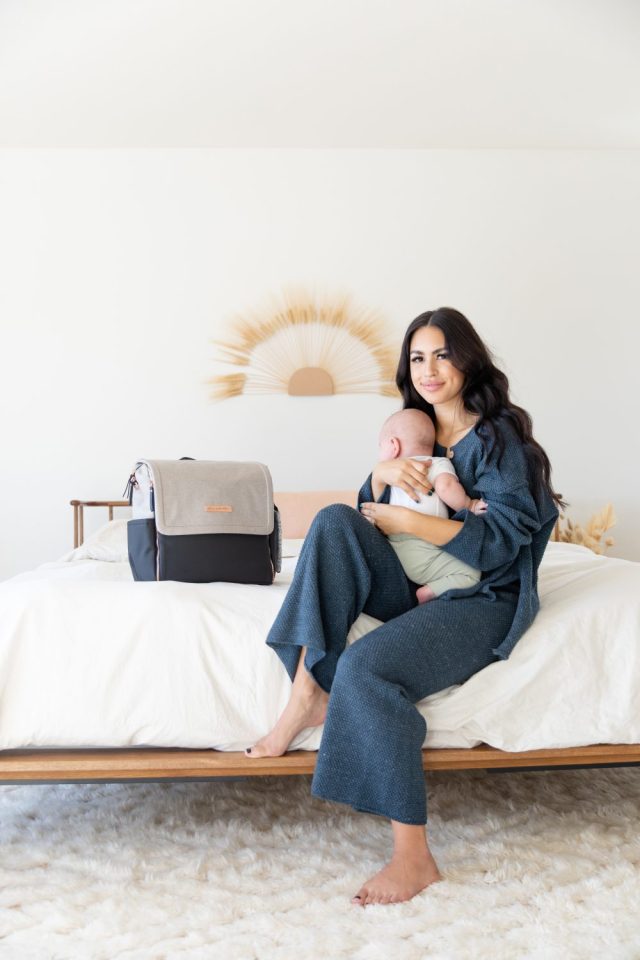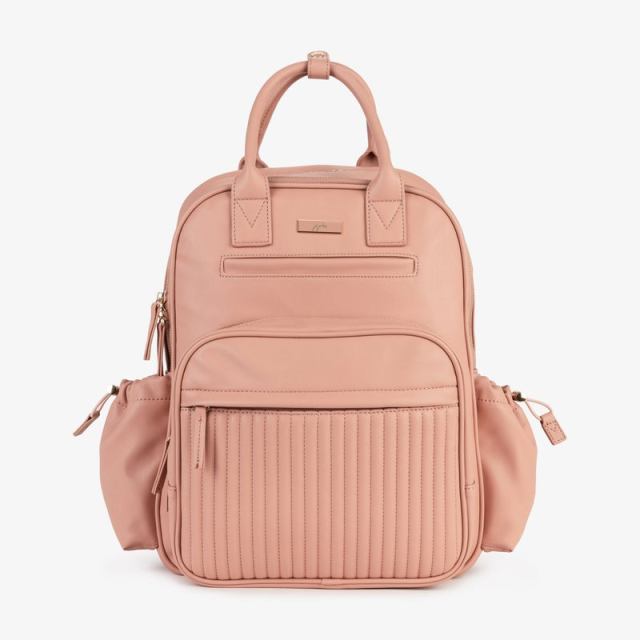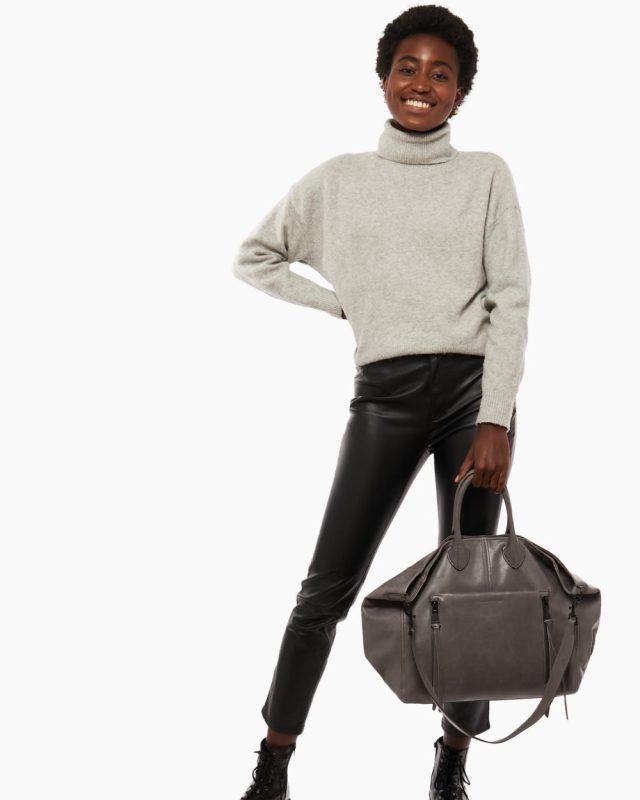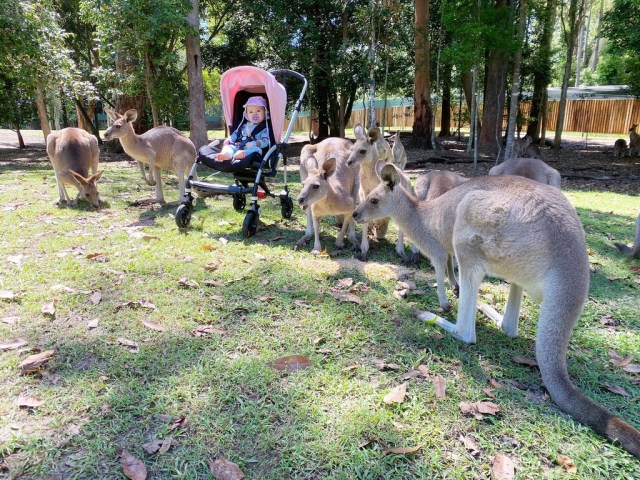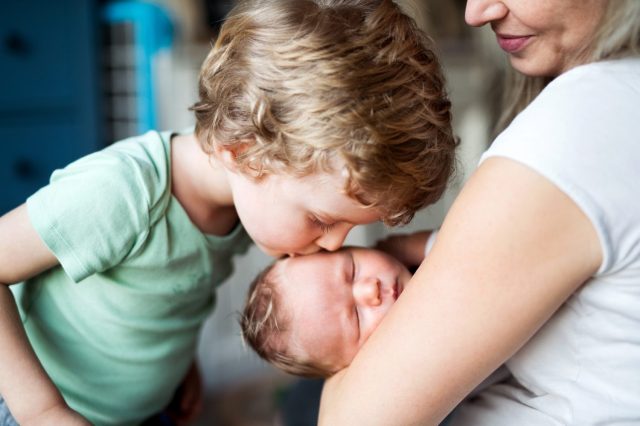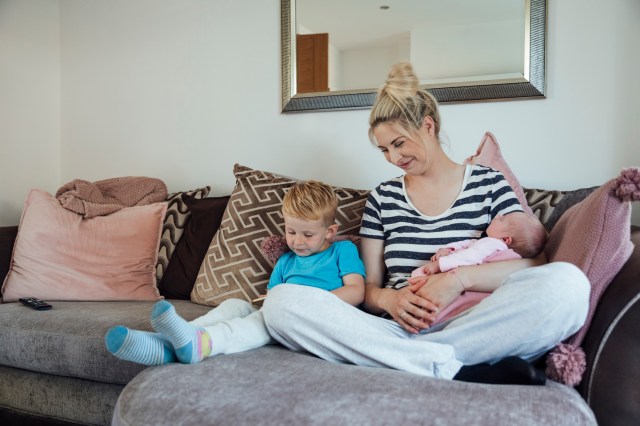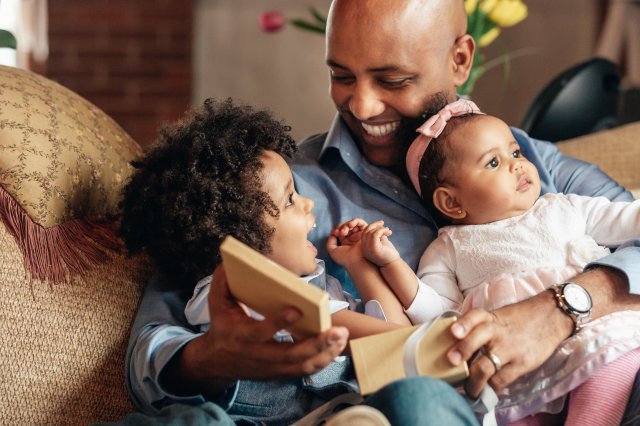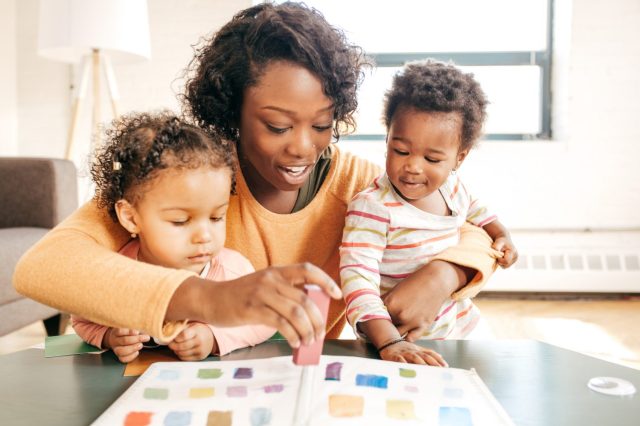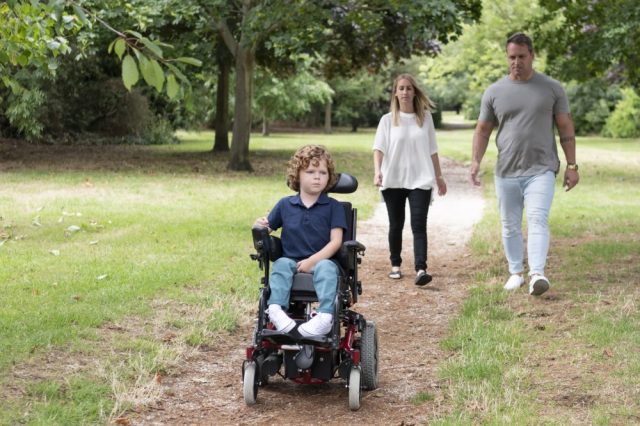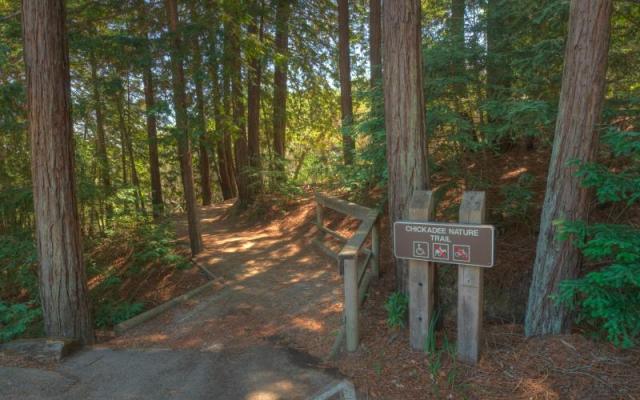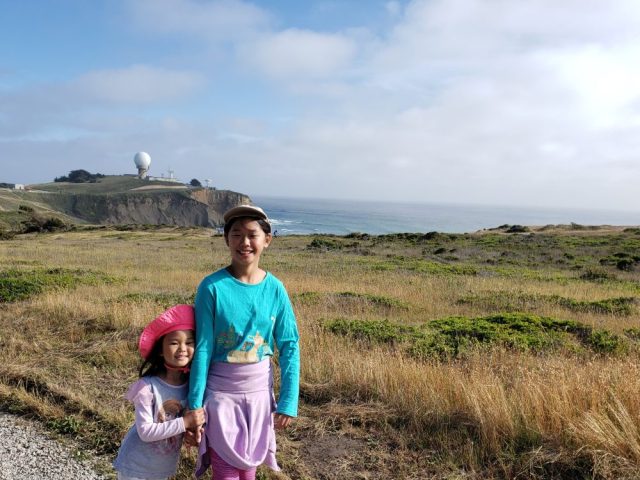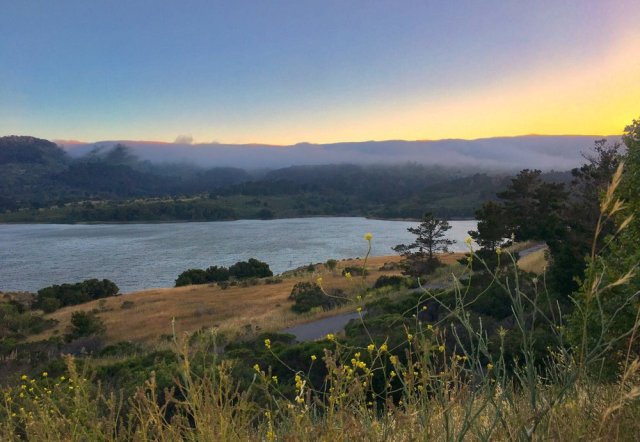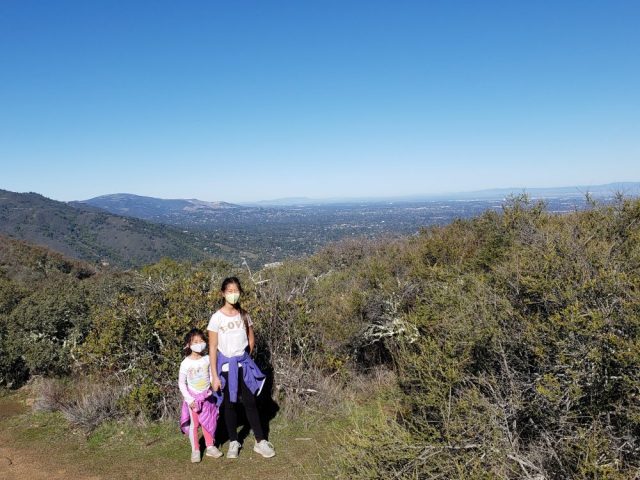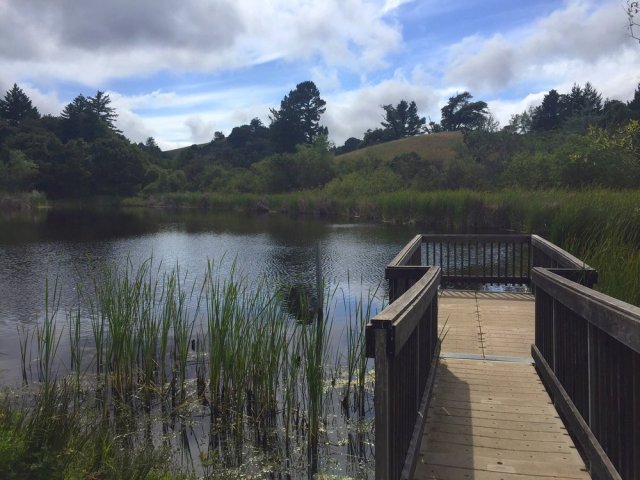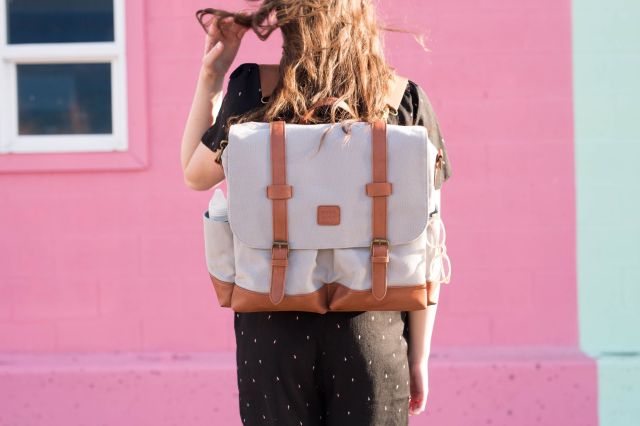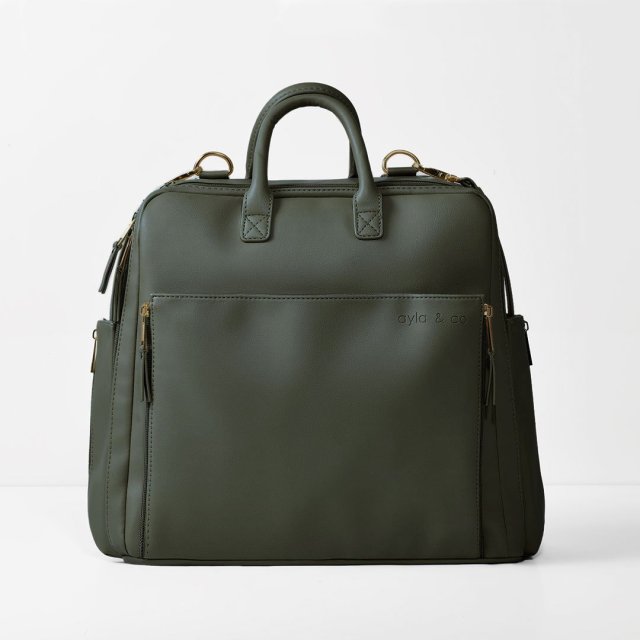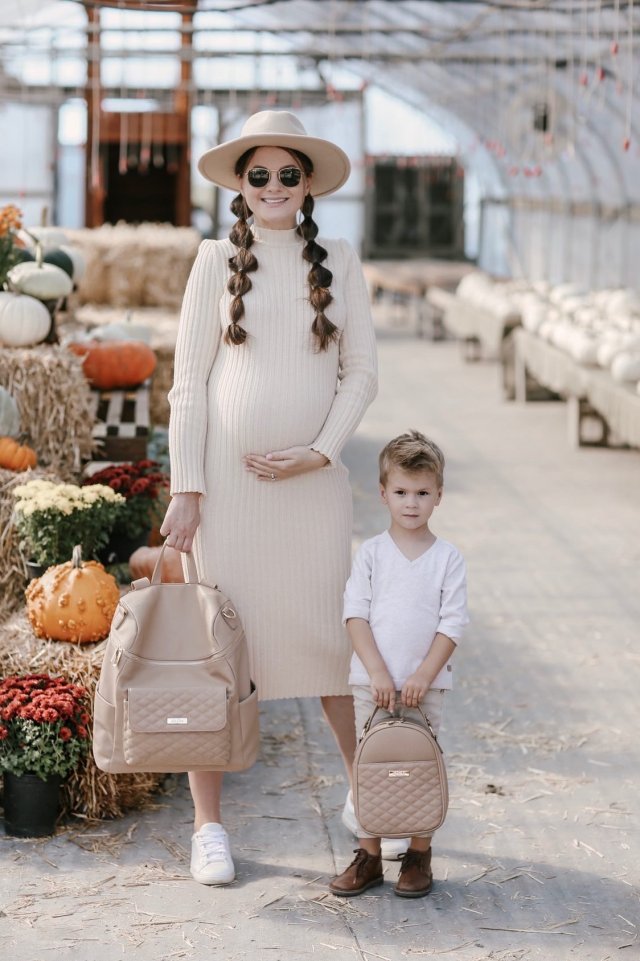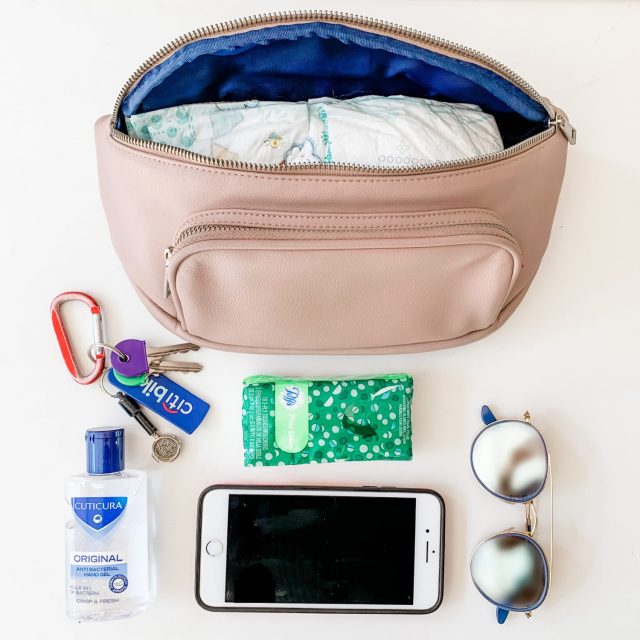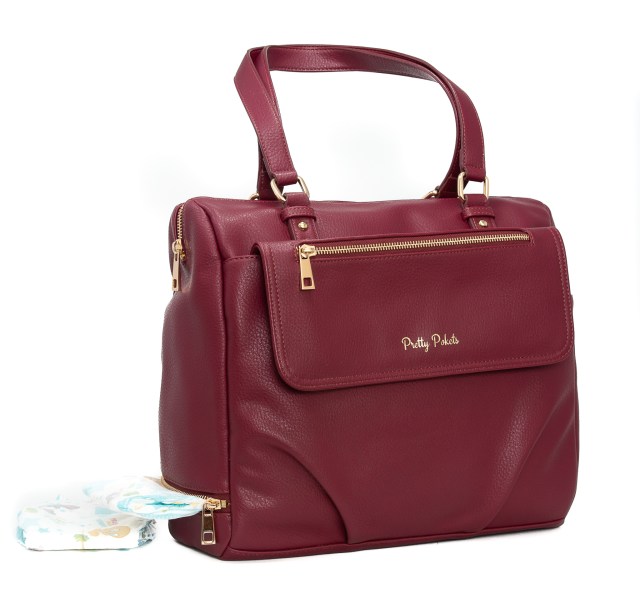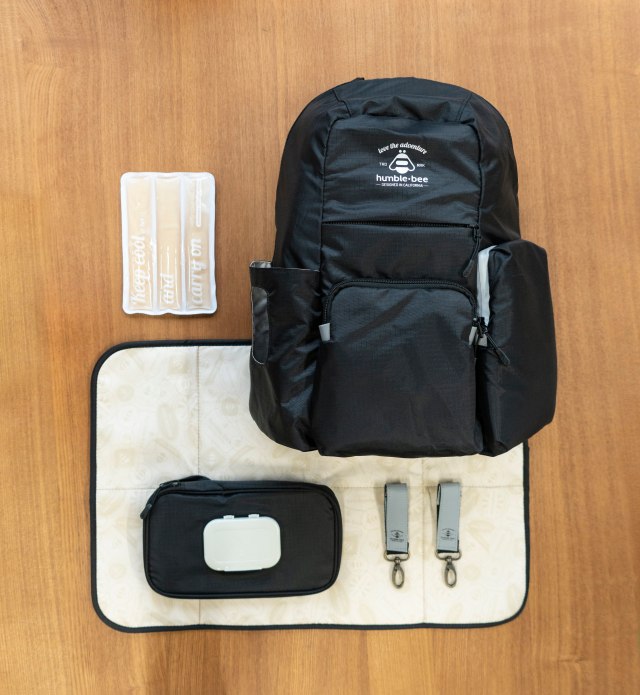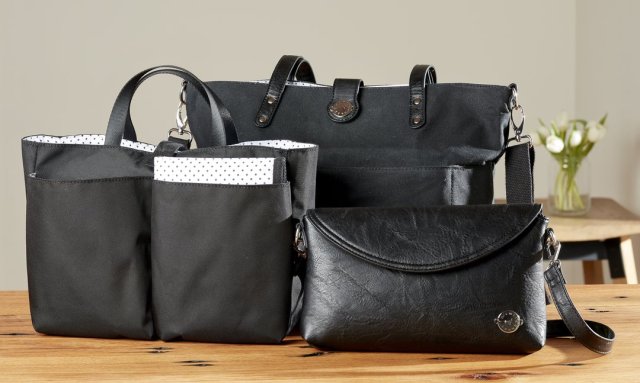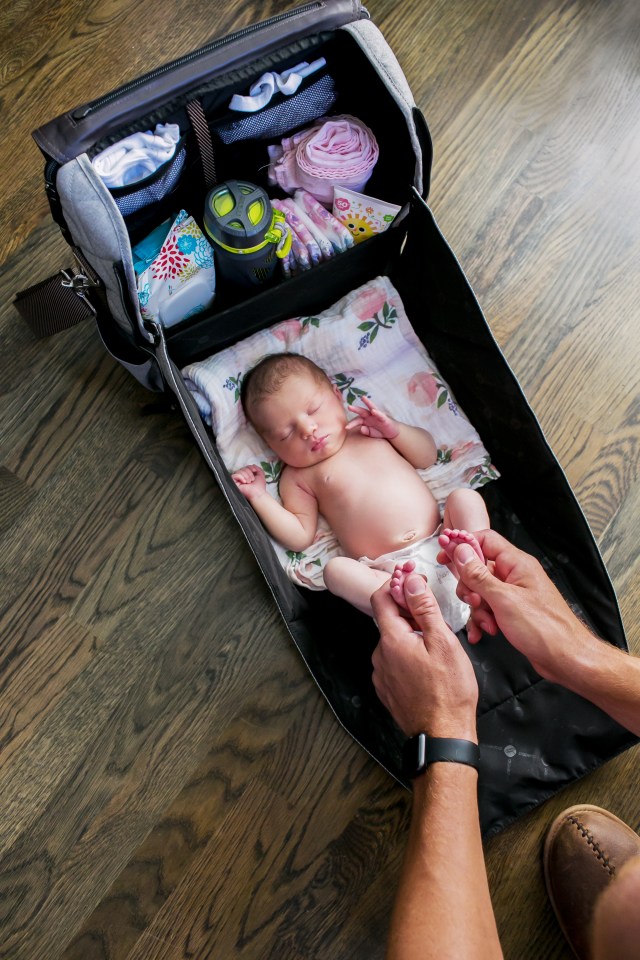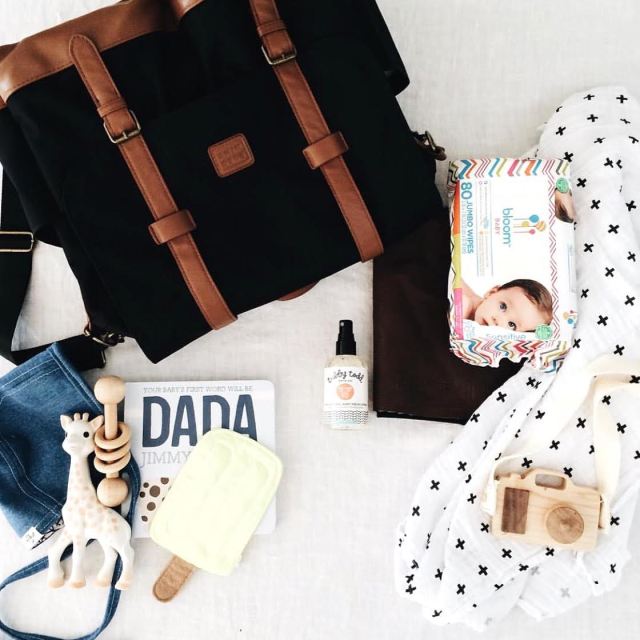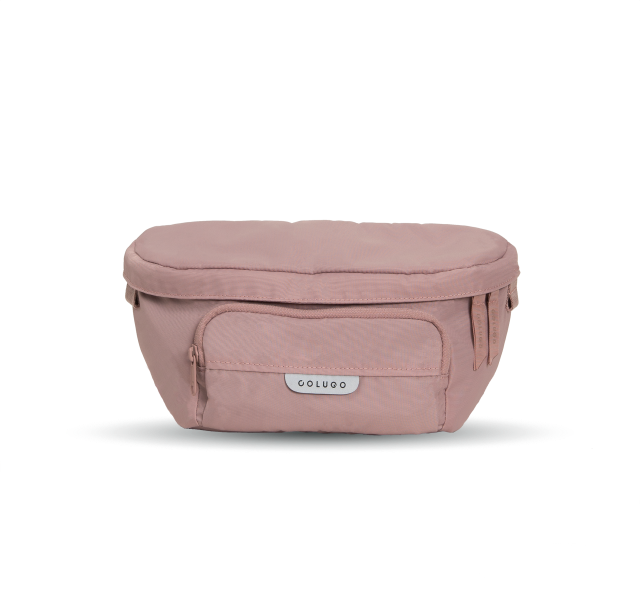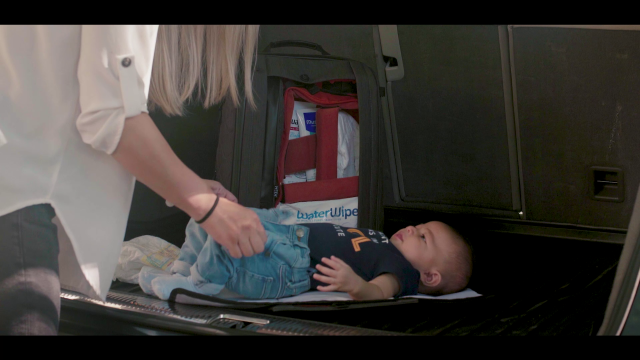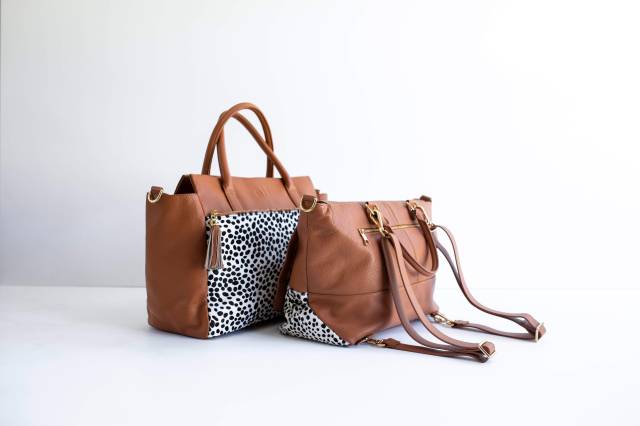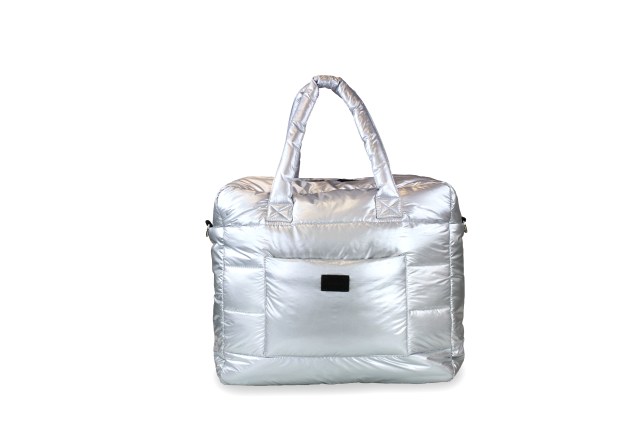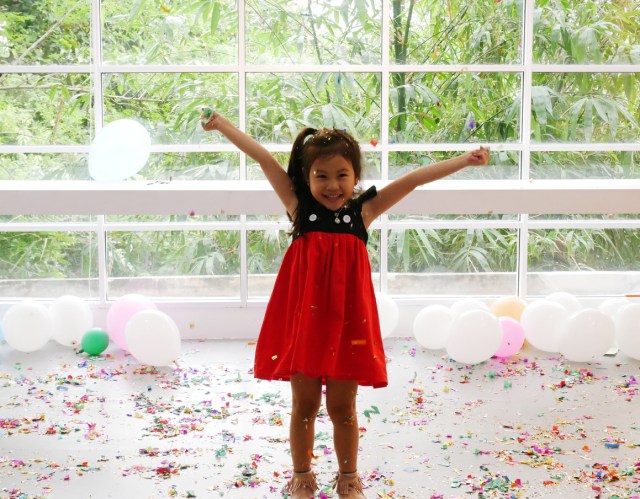Going on a family vacation is an event children look forward to, one that will light up their brains up with new discoveries and help them uncoil and enjoy life. If you’re still not sure it’s worth the cost of a plane ticket to take your family on a trip, consider these 11 reasons for why you should take a family vacation below.
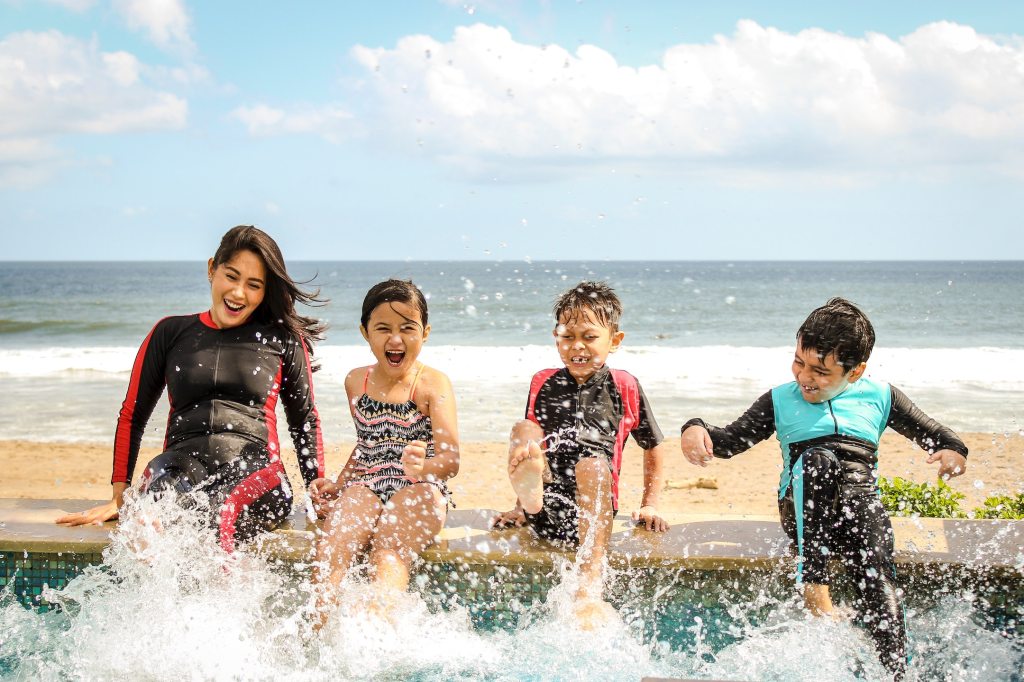
1. Your kids will learn to be flexible.
Sometimes, you just have to muscle through the whining at restaurants, the schlepping of diaper bags, time changes and everything else that goes along with wayfaring with young kids in tow. Why? Because, eventually, you’ll have well-traveled, flexible children who can behave at a nice restaurant, make eye contact with adults and enjoy pleasant conversations. The more you expose your children to the outside world, full of different cultures, foods and ways of life, the more your children will become adaptable and amenable.
2. Kids can express themselves.
When traveling with their children, parents are dialed into the child’s experience. They are asking questions, listening to answers and teaching their kids how to think deeper about what they are experiencing. Getting out of the ordinary routine allows parents to interact with their kids in a way that they can’t do as readily at home.
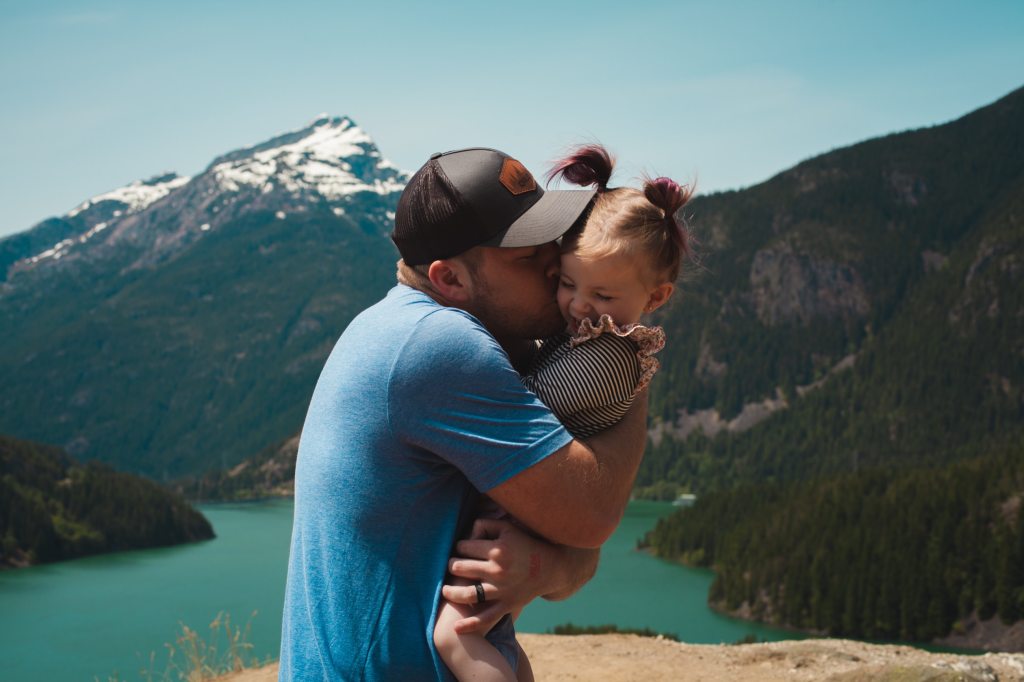
3. Learning is more fun on vacation.
Can you learn about architecture, art, geography, culture and history from a book? Of course. But, wouldn’t the information stick better if you actually saw it, could feel it drip through your fingers, smell it, walk up the stone steps, taste the spicy seasoning, press your nose to the glass and see the thick brush strokes on the canvas? When kids use all five senses, they’re more engaged and present. Travel affords us the opportunity to see, think and feel deeper.
4. Everyone will have a different takeaway to share.
Traveling with your family is like investing in different stories—everyone will come away with their own perspective from the same experience. Your son might say the best part of the trip was the Mallard ducks in the pond that he got to feed, while you might recall the surrey bike that got stuck in the mud, forcing you to get your white sneakers dirty (there were ducks in that pond?). Retelling these stories year after year will bring your family great joy, especially if you can laugh at any unfortunate happenings.
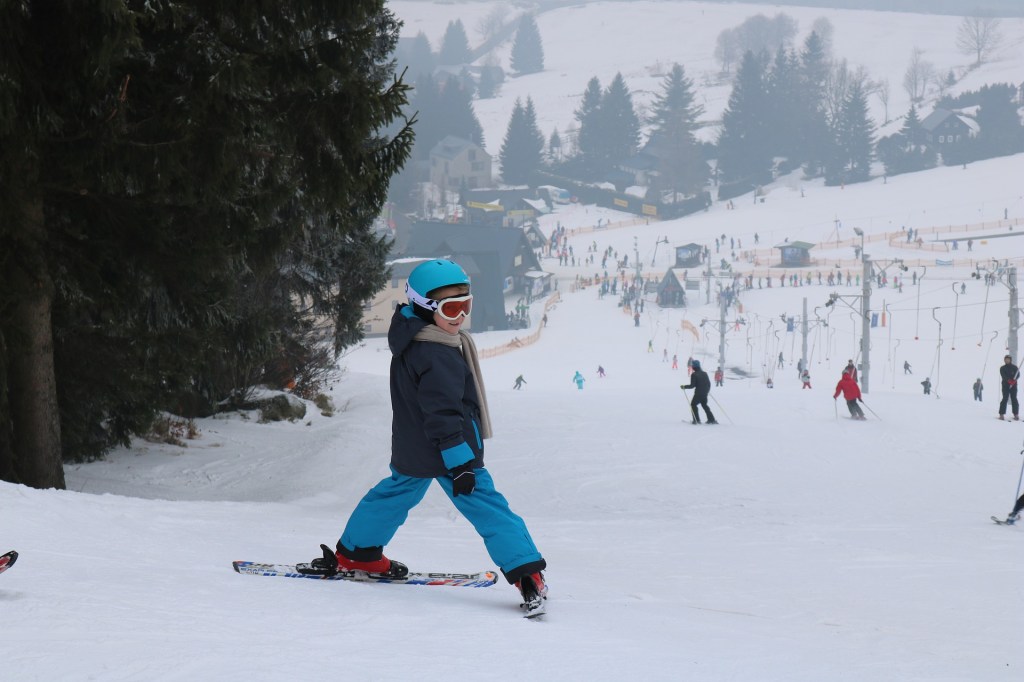
5. They’ll learn how to be more social.
Kids learn how to interact with people of all ages while traveling. They’ll talk to servers at restaurants, hotel staff, hikers on the trail, new kids at the pool, elderly folks at the airport—traveling creates wonderful opportunities to interact with the world around us. Your children will learn that they are not invisible, that people can actually hear and see them, and that they have to respect other people’s space and property. Talking too loudly in a museum, stepping on someone’s beach towel with dirty feet or taking up too much space in the elevator all become lessons on how to be mindful and kind to others.
6. Travel teaches patience.
When out and about, the hurry-up-and-wait game is often the M.O. Kids will have to wait in lines, be strapped into a stroller, sit on a curb to wait for a cab, run with gear to make a flight or train connection, walk longer than expected, and be patient while parents are talking to other adults. These experiences help teach kids how to be tolerant, resilient and easy-going.
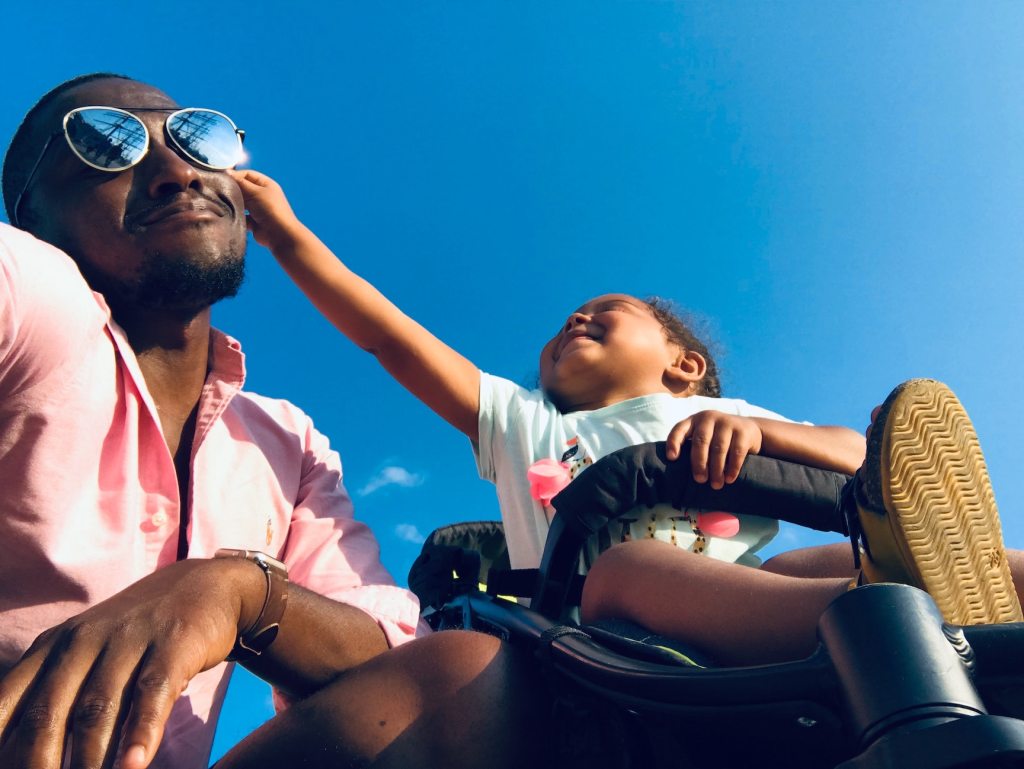
7. It also kindles the power of passion.
Traveling can spark passion in your child, and it encourages them to want to learn. A trip to the Kennedy Space Center might ignite a love of space; visiting the sponge docks in Tarpon Springs, Florida, might create an interest in sea life and diving; and exploring the Natural Bridge Caverns and Missions in San Antonio might generate a craving for adventure. No matter where you go or what you do, traveling somewhere together will give your family opportunities to delve into different enriched environments, full of various sights, sounds and smells.
8. They’ll learn that experiences are more valuable than stuff.
Many parents feel like their homes are overrun with toys scattered everywhere, and according to this study, an excess of toys may obstruct a child’s growth, behavior and ability to use their imagination during creative play. Perhaps a better option is to donate some of the toys to encourage giving and focus on finding ways to provide your kids more meaningful experiences. Children will value the time spent with their family while on a vacation long after the trip is over, which means it’s money well spent.
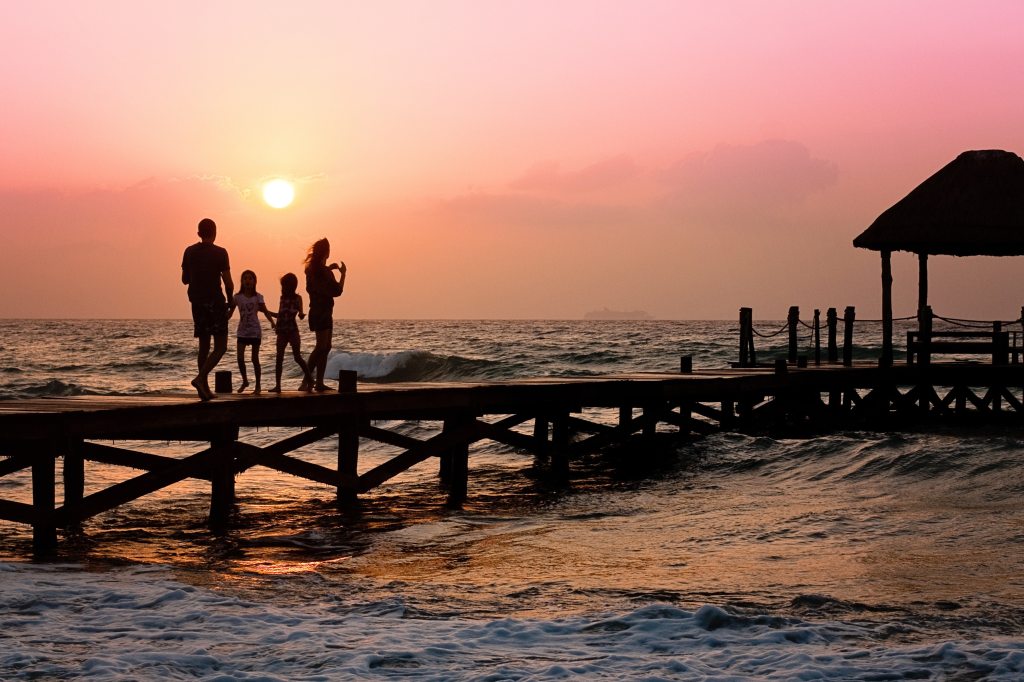
9. Vacations usually include the great outdoors.
Whether you’re sticking your toes in warm sand, swimming in a choppy lake, hiking through a forest of oak trees, or skiing down the slopes, getting outside will provide enriching experiences for your kids. Kids have no problem keeping themselves busy exploring the outdoors. A stick becomes a sword, the sand becomes a castle, water becomes an antagonist to punch and jump over—creative play is instant and intrinsic.
10. Everyone will be faced with challenges…which is a good thing.
There’s always a risk that travel will not go smoothly: Planes get delayed, flights get canceled, drivers get lost. You may have forgotten to pack an essential lovey or pair of socks. All of these challenges provide opportunities to teach your kids about problem-solving and working together toward a common goal. You might find that your older child steps up and comforts your younger child or that your middle kid is flexible beyond what you thought was possible.

11. You’ll be able to fill up the family happiness bank.
The emotional, social, and psychological perks of family vacations extend long after the trip is over. If you were to ask the adults in your life what their happiest childhood memories were, they’d likely recount a family trip. Your uncle might say it was the time his parents rented an RV and drove to a national park; your mom might say she loved swimming in the hotel pool with her siblings. Thinking back to their own happiest vacation memories can be a powerful tool for your children when they are going through a tough time—reflecting on magical excursions experienced as a family may bring them a sense of comfort.
— Wendy Altschuler & Eva Ingvarson Cerise
RELATED STORIES:
Family Vacations Can Impact Kids’ Life-Long Happiness, Experts Agree
7 Reasons to Travel with Kids No Matter How Young They Are
6 Creative Ways to Budget for Family Travel You Haven’t Thought Of
10 Money-Saving Tips from the Web’s Savviest Travel Bloggers
